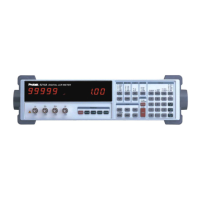Table 2-6 Extreme Range Error Terms for Capacitances (C + R mode), K
h
and K
l
measurement is given by
Accuracy of R in % [A
c
(1 + 1/D)] (4)
where A
c
is the accuracy of the capacitance measurement (above) and
D R/2 f C. (5)
For D > 0.1, the impedance accuracy must first be calculated. To do this, first calcu-
late the impedance of the DUT by adding the resistive and capacitive elements, either in
series or parallel, as appropriate. Use the impedance accuracy graph to obtain imped-
ance accuracy, and let it be denoted A
z
. The accuracies of C and R are calculated from
the impedance accuracy as follows:
Accuracy of C in % [A
z
(1 + |D|)] (6)
Accuracy of R in % [A
z
(1 + 1/|D|)] (7)
Accuracy When Holding a Nonoptimal Range
When a component is measured outside of its nominal range (in range hold), the accura-
cy of the measurement is reduced. The nominal ranges are defined as approximately
four times above and below the nominal impedance value:
Range Nominal Impedance Range
R3 6.25 to 100
R2 100 to 1.6 k
R1 1.6 k to 25.6 k
R0 (100 Hz to 10 kHz) 25.6 k to 400 k
(R0 is not defined for 100 kHz.) Components that are measured while autoranging have
only one set of extreme range terms (K
h
, K
l
) per frequency.
For components measured in the range hold mode, the values of K
h
and K
l
are differ-
ent for each range. These values are calculated from parameters tabulated below in
Tables 2-7 to 2-9 for resistive, inductive, and capacitive measurements, respectively.

